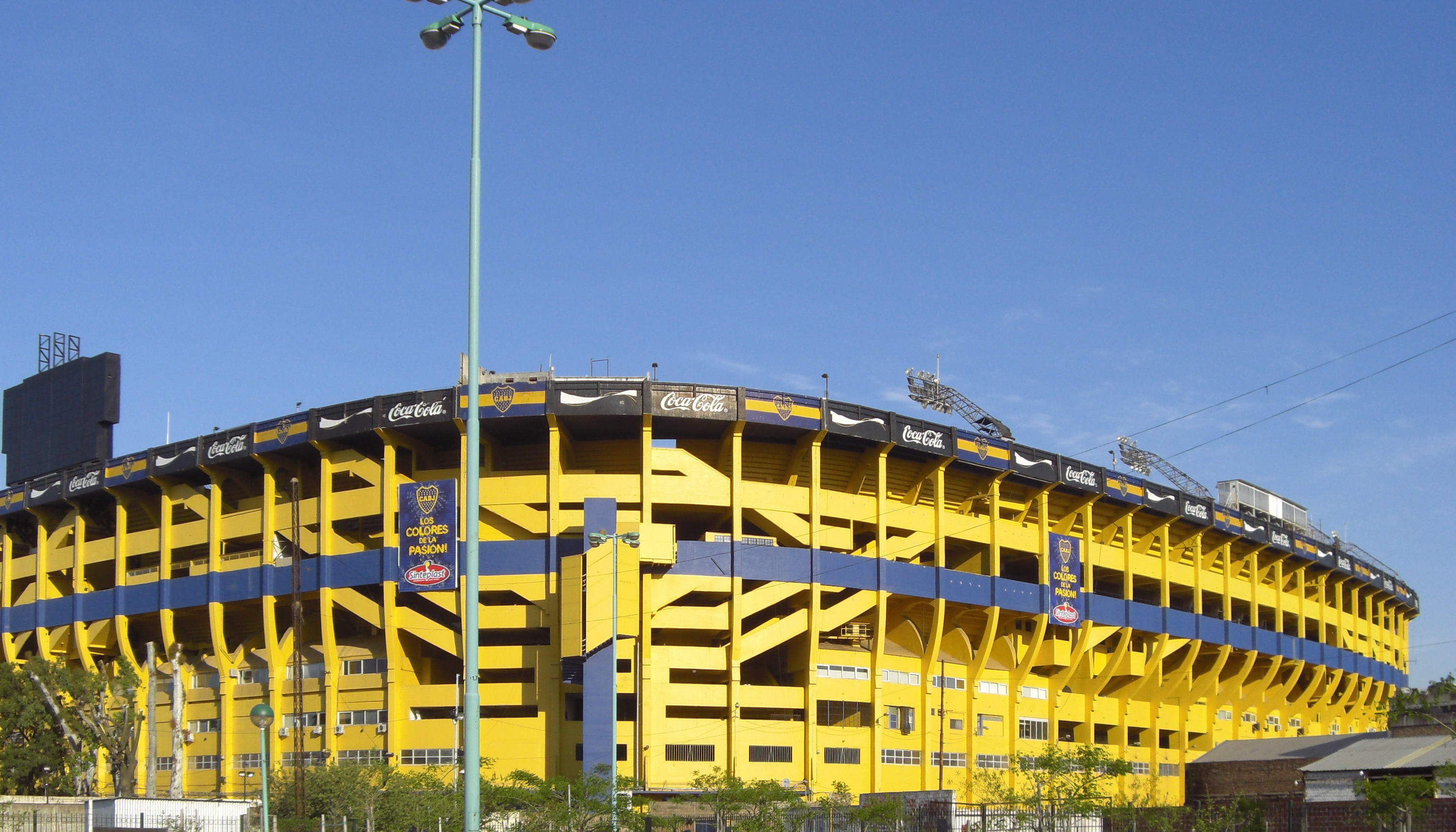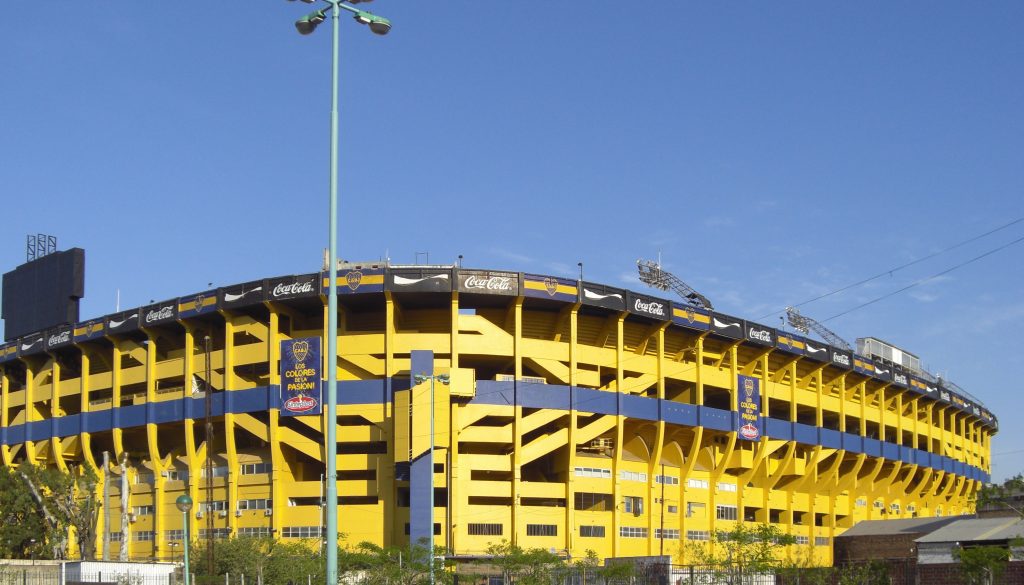Well, this one is just weird. Reports popped up from South America on Sunday that Peru had refused Argentina’s request to play the two countries’ October 5 CONMEBOL World Cup qualifier at the historic La Bombonera in Buenos Aires. The news came as a result of a letter that quickly went viral, in which the Peruvian soccer federation (FPF) was said to reject the venue due to “gas pimienta,” or pepper spray, which was used during a Superclásico between hosts Boca Juniors and their hated rivals River Plate in May of 2015. The pepper spray “prank” led to the cancellation of that capital city derby, and Peru had reportedly used it as a way to get out of playing at La Bombonera, one of Argentina’s most formidable soccer temples.
Of course, that’s just the reason stated in that letter, and that letter appears to not even be from the Peruvians. In a statement posted to their official Twitter just hours after the initial reports, the FPF deny ever sending the original letter, going so far as to say that whoever did send it did so on the federation’s letterhead illegally and without permission.
There are two possible explanations here, and both are indicative of the misreporting common in soccer media, not just in South America but worldwide. The first is that someone did steal the FPF’s letterhead to put out a very detailed and real-sounding statement about La Bombonera. For what purpose is unclear; if it’s to make the Peruvians look petty, that looks to have worked, but they had to know that the letter would be discredited immediately. If this is what happened, then the soccer media gets a giant L for not at least picking up the phone or emailing the FPF to get a statement; even a “no comment” would have been ideal.
The second, more likely scenario is that Peru meant to release this statement themselves at a later time, but it was leaked–either on purpose or accidentally–by someone internally. That explains the letterhead and the official-sounding wording of the letter, but it does little to explain why Peru would be against La Bombonera. The pepper spray incident happened over two years ago, and it’s likely that it only happened because the Superclásico is one of the most heated rivalries in the world. To assume that fans would be rowdy to that level would assume the worst, and also it would ignore that Argentine fans will likely be turned up for the match, regardless of location.
It doesn’t even make historical sense for Peru to eschew La Bombonera; if they had suffered some terrible defeat there, perhaps they’d want to be superstitious and avoid it. But one of Peru’s biggest wins of all time took place right there in Boca’s home, when La Blanquirroja knocked Argentina out of the 1970 World Cup by managing a 2-2 draw in qualifiers. If anything, the late change–another reason mentioned by the unofficial letter for not accepting the venue swap–would allow the Peruvians to draw on their history, back to the golden age of the country’s soccer.
Regardless of how the unofficial letter made it to the press, one thing is very clear: the soccer media was more than happy to stir up controversy in what is already a very heated CONMEBOL qualifying process. Of the next round of matches, none are bigger than this Peru-Argentina showdown, which could either secure a slot for Argentina in Russia 2018 or help send Peru to its first World Cup since 1982. So of course, reports were going to be circulated that Peru was holding its ground about the venue; the fact that the story has this added “fake news” twist (a phrase even used in the Minuto Uno story about the situation) is even juicier.




